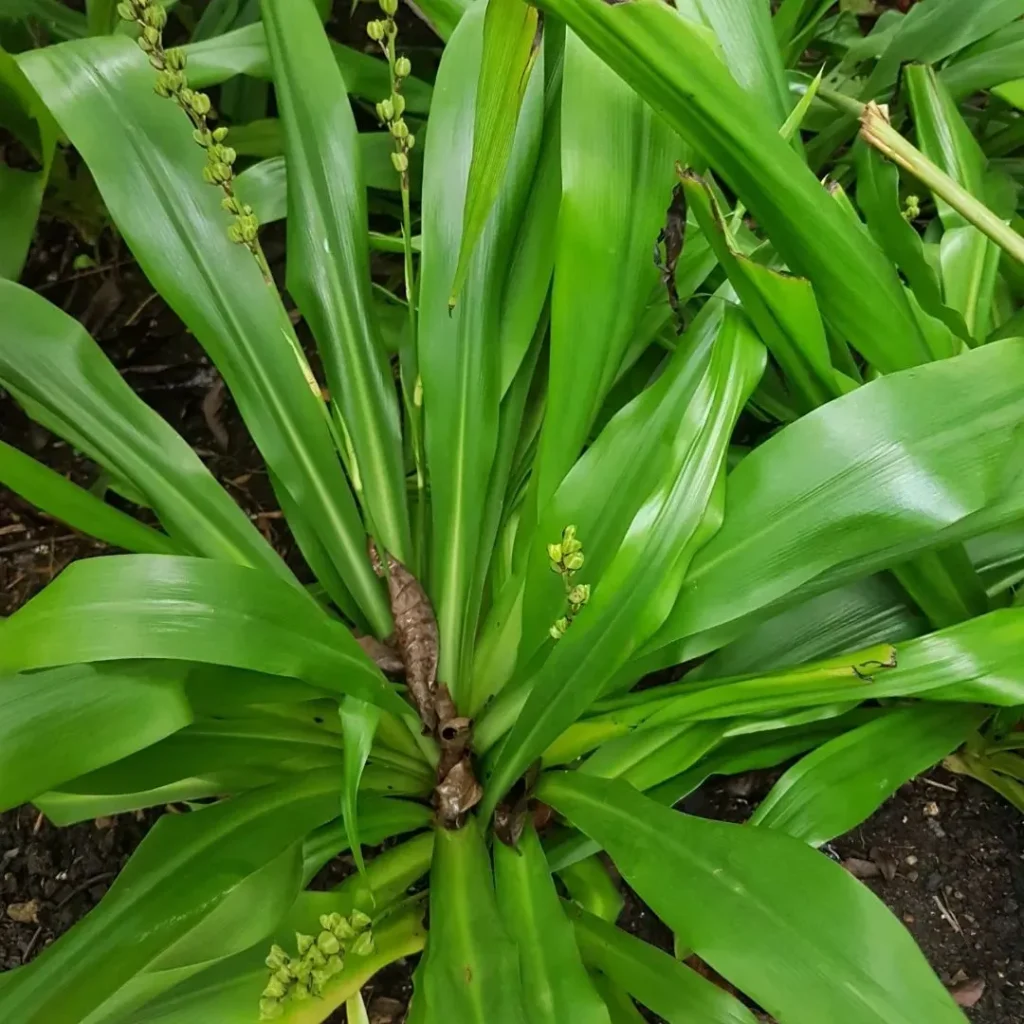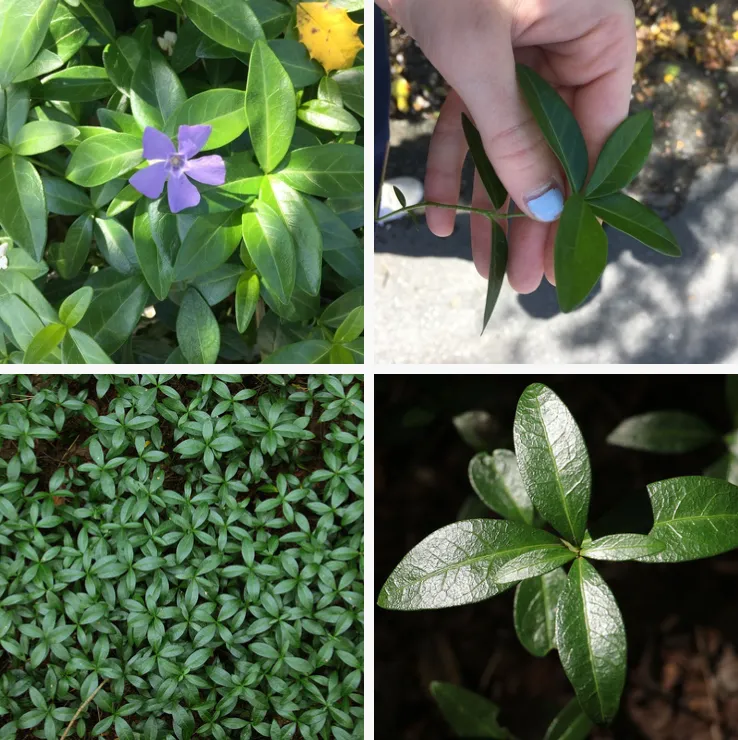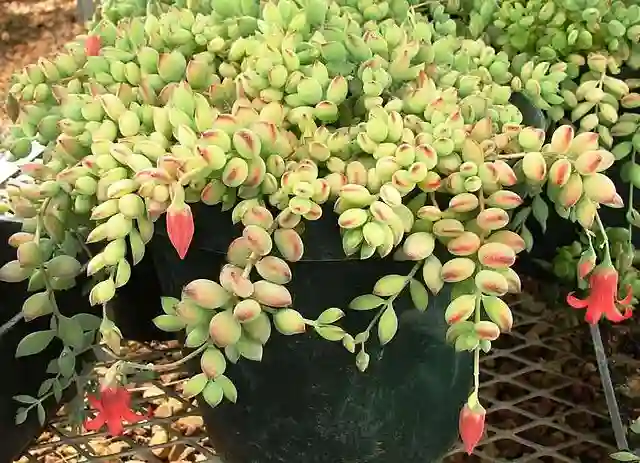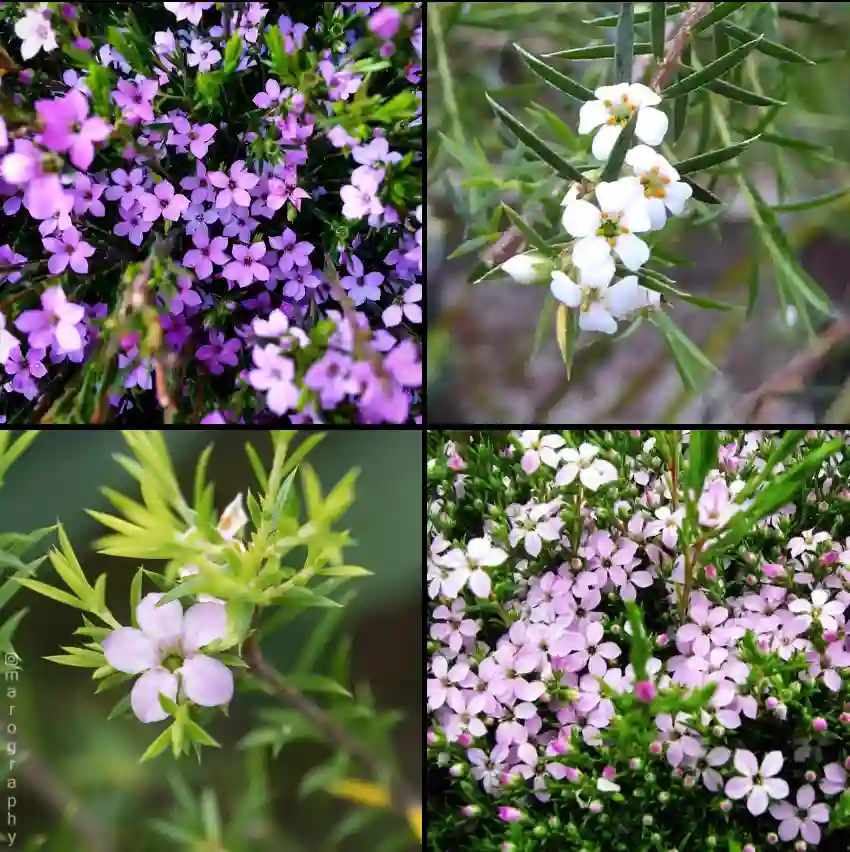
FAQs About Celastrus Orbiculatus
Celastrus Orbiculatus, commonly known as the Oriental Bittersweet, belong to the Celastraceae family, is a vine that has sparked considerable interest due to its unique characteristics and invasive tendencies. In this article, I’ll dive into some frequently asked questions about Celastrus Orbiculatus, sharing insights based on my own experiences and observations.
What Is Celastrus Orbiculatus?
Celastrus Orbiculatus is a deciduous vine native to East Asia, particularly China, Japan, and Korea. It is known for its rapid growth and its ability to cover and smother other plants. The plant produces small, inconspicuous flowers that eventually develop into bright, ornamental berries. These berries are particularly striking in the fall and winter, adding a splash of color to the garden.
Plant Family: 98 Genera in Celastraceae
Is Celastrus Orbiculatus Invasive?
Yes, Celastrus Orbiculatus is considered highly invasive in many regions outside its native range. In the United States, it has spread aggressively, outcompeting native vegetation and causing ecological harm. Its fast growth and ability to cling to and envelop trees and shrubs make it a serious threat to local ecosystems. If you’re thinking of planting Celastrus Orbiculatus, be aware of its potential to disrupt local flora and fauna.
How to Care for Celastrus Orbiculatus?
Caring for Celastrus Orbiculatus requires some attention to its growth habits. This vine thrives in full sun to partial shade and prefers well-drained soil. It is quite adaptable to various soil types but does best in rich, loamy soil. Regular pruning is necessary to manage its vigorous growth and to prevent it from overtaking other plants. Additionally, it’s a good idea to monitor the vine closely and control its spread to avoid potential invasiveness.
How to Propagate Celastrus Orbiculatus?
Propagating Celastrus Orbiculatus is relatively straightforward. The most common method is through stem cuttings. Take cuttings in late summer or early fall, and ensure they are at least 4-6 inches long with a few leaves attached. Dip the cuttings in rooting hormone and plant them in a potting mix. Keep the soil moist and place the pot in a warm, sunny spot. Roots should develop in a few weeks, and the new plants can be transferred to larger containers or directly into the ground.
Can You Grow Celastrus Orbiculatus Indoors?
While Celastrus Orbiculatus is primarily grown outdoors, it can be grown indoors under the right conditions. It requires plenty of light, so a bright, sunny window or grow lights are essential. Ensure the indoor environment has adequate humidity and ventilation to mimic its natural habitat. However, due to its aggressive growth habit, growing it indoors can be challenging and might require frequent pruning and monitoring to prevent it from becoming too unruly.
Is Celastrus Orbiculatus Toxic?
Celastrus Orbiculatus is not known to be highly toxic to humans or animals. However, the berries are not typically consumed due to their unappealing taste and potential mild toxicity if ingested in large quantities. It’s always a good idea to keep an eye on pets and children to ensure they do not ingest any part of the plant.
What to Plant With Celastrus Orbiculatus?
When planting Celastrus Orbiculatus, it’s important to consider companion plants that can coexist with or complement its growth. Consider planting it alongside other vigorous vines or shrubs that can handle its competitive nature. Options include robust varieties of Clematis or hardy climbing roses. Be cautious about planting it near more delicate species, as Celastrus Orbiculatus may overshadow or crowd them out.
Benefits of Celastrus Orbiculatus
Despite its invasive reputation, Celastrus Orbiculatus does offer some benefits. Its rapid growth can quickly provide coverage and privacy in garden settings. The plant’s bright berries add seasonal interest and visual appeal, especially in fall and winter. It can also serve as a ground cover in difficult areas where other plants struggle to thrive.
Common Problems with Celastrus Orbiculatus
One common issue with Celastrus Orbiculatus is its tendency to become invasive. Its aggressive growth can smother and kill other plants, leading to a loss of biodiversity. Additionally, it can be difficult to control once established. Regular pruning and monitoring are essential to managing its spread and minimizing its impact on the surrounding environment.
Compare with Other Similar Vines
Celastrus Orbiculatus is often compared to other vigorous vines like Wisteria and English Ivy. Unlike Wisteria, which is known for its beautiful cascading flowers, Celastrus Orbiculatus is primarily grown for its ornamental berries and rapid growth. Compared to English Ivy, which is also invasive, Celastrus Orbiculatus is even more aggressive, with a greater tendency to overtake other plants and structures.
In summary, Celastrus Orbiculatus is a plant with both benefits and challenges. Its invasive nature makes it a controversial choice for many gardeners, but with careful management, it can be a visually striking addition to your garden. Always consider local guidelines and environmental impact before planting to ensure you make an informed decision.
If i die, water my plants!



